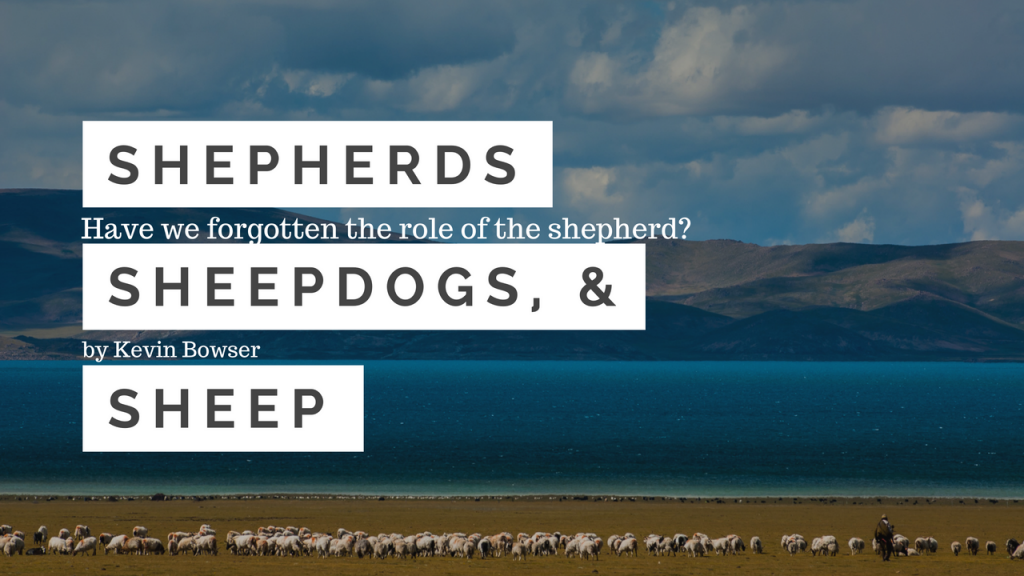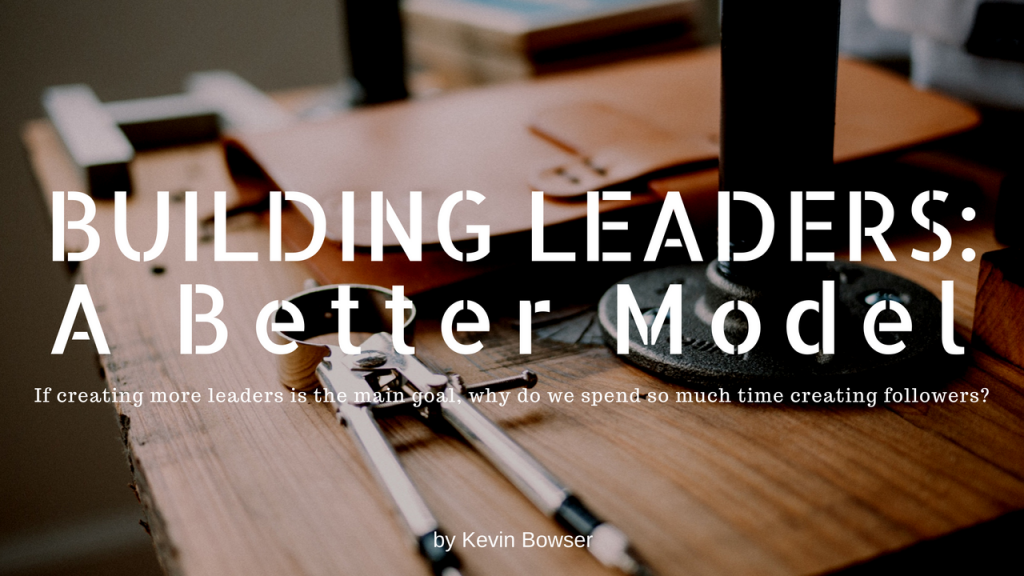There was not as much backlash as I had anticipated. I was expecting a much stronger reaction from the leadership community where I hang out most of the time. There are many who do not look upon this as being “real” leadership. But, there are many that do.
And all of that prompts a question. “Can you be a thought leader?”
Can You Be a Thought Leader?
The question itself almost indicates that being a thought leader is something that we should seek after. And if it is, can you become one?
Just like some basic leadership skills that can be developed over time, basic thought leadership skills can be developed as well. Having said that, everyone can become a thought leader to some degree.
Thought leadership takes time (it takes a lot of time), it takes knowledge, and it takes a recognized expertise in a particular field or endeavor. Further, it takes a certain level of confidence in your own ability, a commitment to pursue excellence, and a willingness to go against the grain or to challenge the way things have always been done.
One of the challenges that exists today in many organizations is the creation and staffing of “Centers of Excellence.” More often than not these are staffed with young, talented folks who have lots of potential. They may even have advanced degrees that were tucked on immediately to their undergraduate work. Their degrees are impressive. So, let’s make them “thought leaders” and put them in a COE.
Click here to read the rest of the article »











